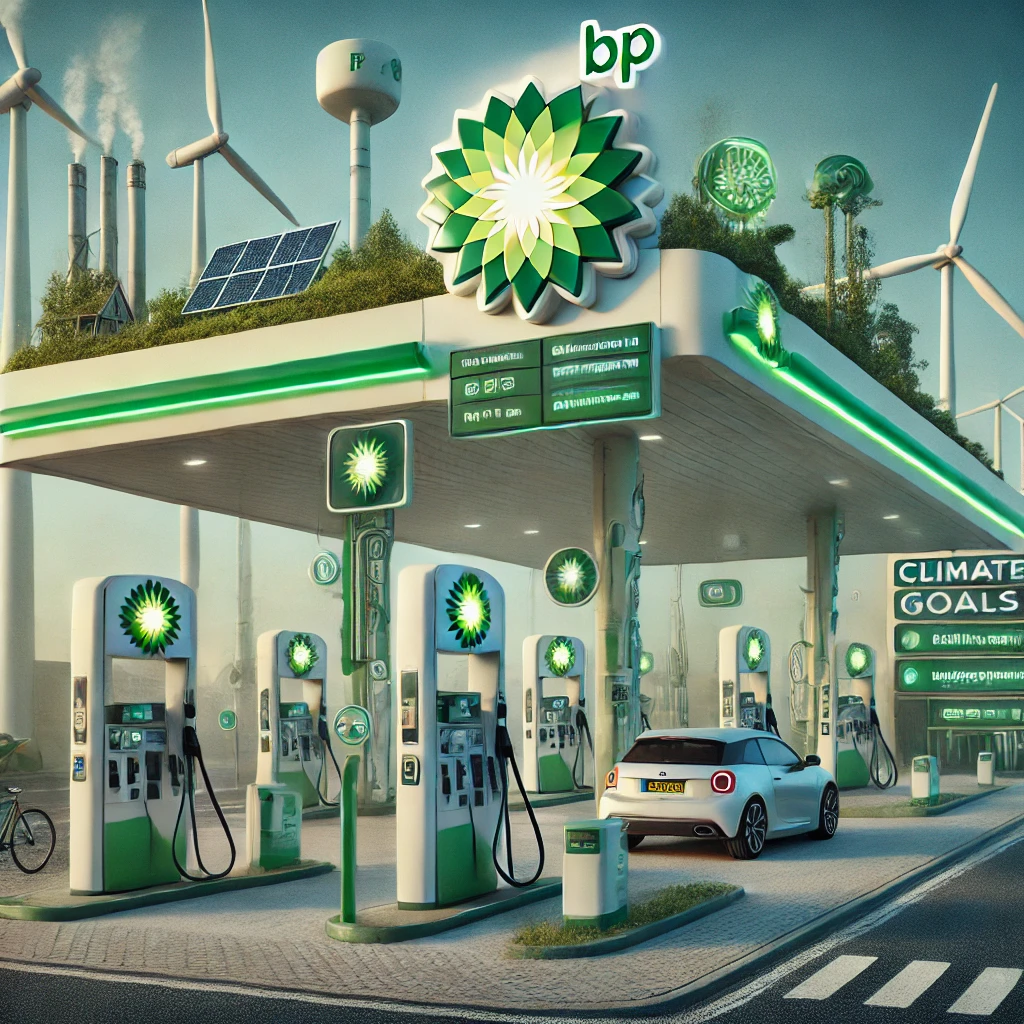Table of Contents
Bp Groeit Benzine Climate Goals Brandstof has long been synonymous with traditional fossil fuels, such as gasoline and diesel. However, in recent years, the company has taken significant steps to align with global climate goals and transition towards more sustainable energy sources. As the world grapples with the urgent need to address climate change, BP’s shift towards renewable energy and eco-friendly practices reflects a broader trend in the energy sector. This article will explore BP’s evolving strategies around benzine (gasoline), brandstof (fuel), and its commitment to climate goals.
The Role of Benzine and Brandstof in BP’s History
Bp Groeit Benzine Climate Goals Brandstof Historically, benzine (gasoline) and brandstof (fuel) have been at the core of BP’s business model. Established in 1909, BP’s operations were initially centered around the exploration, production, and distribution of fossil fuels. Gasoline and diesel, the primary fuels for internal combustion engine vehicles, became the lifeblood of the company’s business. Bp Groeit Benzine Climate Goals Brandstof
Bp Groeit Benzine Climate Goals Brandstof However, the growing awareness of climate change and the detrimental effects of carbon emissions have pressured companies like BP to reconsider their reliance on traditional fuels. Today, BP is striving to redefine its brand from being a mere supplier of gasoline to a leader in renewable energy and sustainability. Bp Groeit Benzine Climate Goals Brandstof
Transitioning Towards Renewable Energy
In recent years, BP has made substantial investments in renewable energy, including solar, wind, and biofuels.Bp Groeit Benzine Climate Goals Brandstof This transition is not only a response to regulatory pressures and market demands but also a strategic move to secure a future in an evolving energy landscape. Some key initiatives include: Bp Groeit Benzine Climate Goals Brandstof
- Solar Energy Investments: BP’s partnership with Lightsource BP, a solar energy company, is a testament to its commitment to renewable energy. This collaboration aims to develop and manage solar projects worldwide, contributing to BP’s goal of achieving net-zero emissions by 2050.
- Wind Power Projects: BP has invested in several offshore and onshore wind projects, particularly in the United States and Europe. These projects align with BP’s strategy to diversify its energy portfolio and reduce carbon intensity.
- Biofuels and Green Hydrogen: BP is also exploring alternative fuels such as biofuels and green hydrogen. Biofuels, derived from organic matter, offer a cleaner alternative to traditional gasoline and diesel, while green hydrogen is produced using renewable energy sources.
The Impact of Climate Goals on BP’s Operations
BP’s commitment to climate goals is evident in its ambitious targets to reduce carbon emissions and promote sustainable practices. In 2020, BP announced its plan to become a net-zero company by 2050 or sooner. This goal encompasses not only its own operational emissions but also the carbon emissions produced by the use of its products.
To achieve these climate goals, BP is adopting a multi-faceted approach:
- Carbon Capture and Storage (CCS): BP is investing in CCS technologies to capture and store carbon dioxide emissions from industrial processes and power generation. This technology is crucial in mitigating the environmental impact of continued fossil fuel use. Bp Groeit Benzine Climate Goals Brandstof
- Digital Innovations and Efficiency: BP is leveraging digital technologies to enhance operational efficiency and reduce waste. Innovations such as smart grids, AI-driven data analytics, and blockchain technology are being used to optimize energy production and distribution. Bp Groeit Benzine Climate Goals Brandstof
- Sustainable Mobility Solutions: Recognizing the shift towards electric vehicles (EVs), BP is expanding its network of EV charging stations. This move caters to the growing demand for cleaner transportation options and supports the broader transition away from traditional internal combustion engines. Bp Groeit Benzine Climate Goals Brandstof
BP’s Role in the Future of Energy
The future of energy is poised to be a dynamic interplay between traditional fuels and new, cleaner energy sources. BP, with its extensive global presence and financial resources, is well-positioned to play a leading role in this transition. However, several challenges and opportunities lie ahead: Bp Groeit Benzine Climate Goals Brandstof
- Balancing Act: While BP is making significant strides in renewable energy, it must balance its current reliance on fossil fuels with its long-term sustainability goals. This balancing act will require careful management of resources and investments to ensure profitability while reducing environmental impact. Bp Groeit Benzine Climate Goals Brandstof
- Collaboration and Partnerships: To accelerate the transition to sustainable energy, BP is actively collaborating with governments, NGOs, and other private sector players. Partnerships in innovation, research, and technology development will be essential in achieving shared climate goals.
- Consumer Behavior and Market Demand: The success of BP’s transition will partly depend on consumer behavior and market demand. As consumers become more conscious of their environmental impact, the demand for cleaner energy solutions will likely increase, encouraging further investment in renewables.
Challenges in Achieving Climate Goals
While BP’s commitment to climate goals is commendable, the path ahead is fraught with challenges:
- Technological Limitations: The development and deployment of renewable energy technologies, such as green hydrogen and advanced biofuels, are still in the nascent stages. Overcoming technical and economic barriers will be crucial for scaling these solutions.
- Regulatory Hurdles: Navigating a complex web of regulations across different markets can be challenging for BP. Policymakers need to provide clear guidelines and incentives to facilitate the transition to sustainable energy.
- Financial Risks: Transitioning from a fossil fuel-based business model to a renewable energy-focused one involves substantial financial risk. BP will need to manage this transition carefully to ensure long-term financial stability.
Conclusion
BP’s journey from a traditional oil and gas giant to a leader in renewable energy and sustainability is emblematic of the broader transformation within the energy sector. By embracing renewable energy sources, investing in innovative technologies, and committing to climate goals, BP is positioning itself at the forefront of the global energy transition.
However, this journey is not without its challenges. Technological, regulatory, and financial hurdles must be navigated carefully to achieve the ambitious targets set by the company. As BP continues to evolve, its efforts will play a critical role in shaping the future of energy, driving the world closer to achieving its climate goals.
FAQs
- What are BP’s climate goals? BP aims to become a net-zero company by 2050 or sooner. This includes reducing its own operational emissions and the carbon emissions produced by the use of its products.
- How is BP transitioning to renewable energy? BP is investing in solar, wind, biofuels, and green hydrogen. It is also expanding its network of EV charging stations and exploring carbon capture and storage technologies.
- What challenges does BP face in achieving its climate goals? BP faces challenges such as technological limitations, regulatory hurdles, and financial risks. Overcoming these obstacles will require innovation, collaboration, and careful management of resources.
- How does BP plan to balance its traditional fuel business with its sustainability goals? BP plans to balance its traditional fuel business with sustainability goals by investing in cleaner technologies, enhancing operational efficiency, and gradually reducing its reliance on fossil fuels while expanding its renewable energy portfolio.







